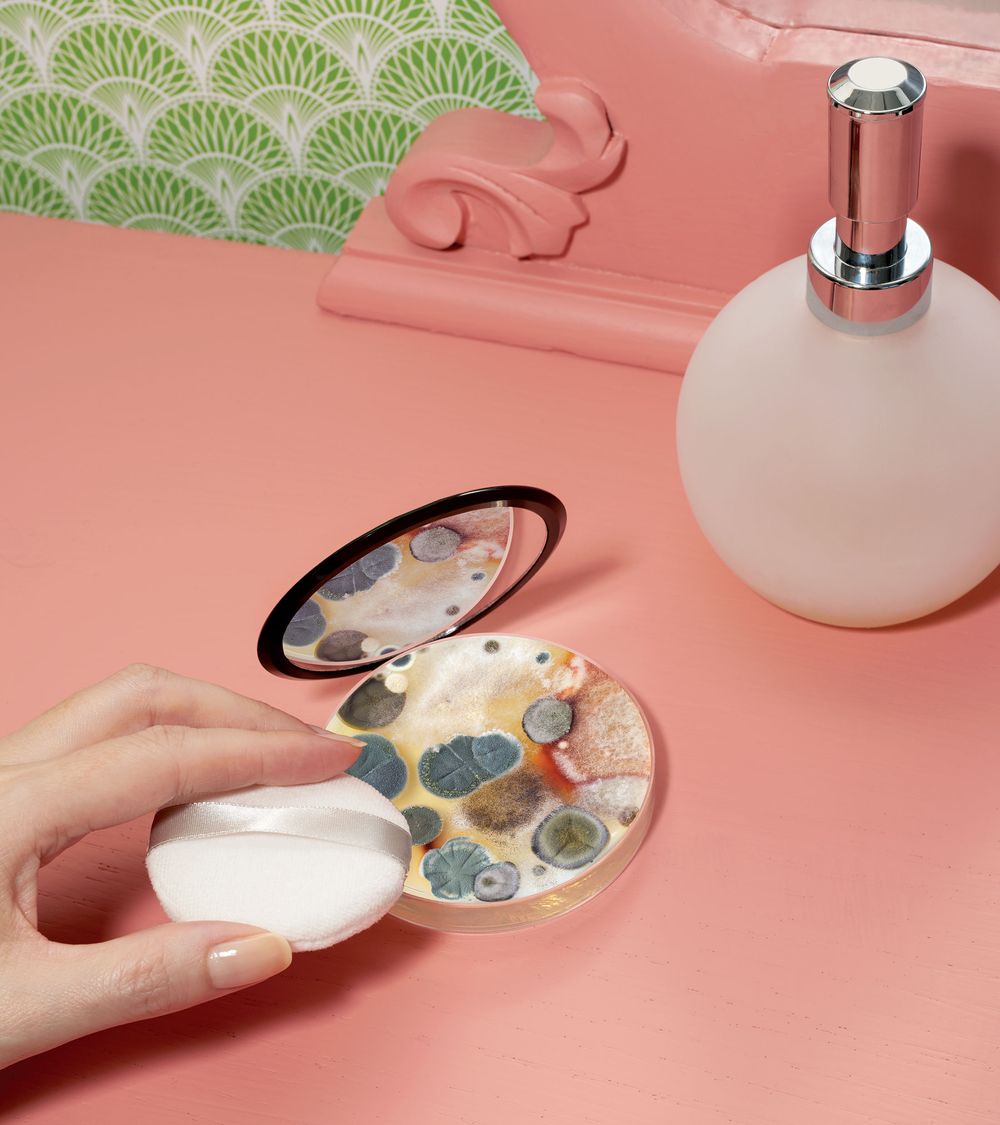Microbes and Bacteria
The fact of preservatives being used, and their amount, should be stated on the label.
Today Eu and FDA labeling regulations allow the names of preservatives to be hidden within the list of ingredients and their quantities not stated.
So far, this blog has focused on the adverse effects of cosmetic ingredients, but these are not the only things in cosmetics that can harm you. Dangerous microbes can breed in the products and so it is important to add preservatives to ensure that harmful bacteria are not allowed to thrive and multiply.
However, after colorants and fragrances, preservatives are probably the next main cause of adverse reactions to cosmetics and toiletries. It is for this reason that there are regulations and restrictions on the use of most preservatives.
Microbe is a common word for micro-organism. It is a general term used to describe any microscopic, single -celled, living organism. It is often extended to include some multi-celled, complex organisms such as mold and fungi, and viruses, which do not have cells.
The most common microbes that can potentially infect personal care products are molds, fungi, yeasts, bacteria, and protozoa. (Viruses rarely infect cosmetics because they can only reproduce inside cells and other living organisms). When a microbe infects a product, it feeds on the ingredients to get the energy it needs for reproduction.
The rapidly reproducing microbes usually produce a bad smell and may cause some clear products to become cloudy. They also release toxic substances as waste products, to help them digest and absorb food, and to kill other microbes that may be in competition with them. They can also chemically alter ingredients, causing colors and odors to change. The altered substances may be poisonous or harmful.
Microbes enter personal care products during manufacturer, when the containers are filled, and while you are using them at home. There is a danger that microbes in cosmetics and toiletries may be transferred to your body and start an infection.
The microbes may feed on your body tissues, causing damage to the tissues, and they often release toxins into your bloodstream. For this reason, virtually all personal care products you buy will contain at least one preservative, and often more, to inhibit the growth of microbes in the product.
They may also contain antimicrobials, which control the growth of microbes on your body. Some products are irradiated with gamma rays to kill any microbes that may have entered the product during the manufacture and packaging process.
Reference:Cosmetics Unmasked: Dr Stephen & Gina Antczak

